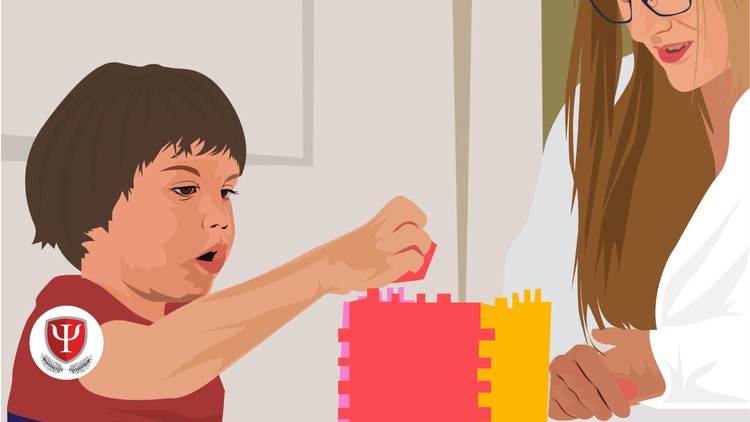
Nurture Emotional Intelligence in kids with Practical Exercises.
What you will learn
Learn how to develop emotional Intelligence in kids
How to Build Strong Character
How to work in a team and act in conflict situations
Understand the basics of emotional intelligence
It will help kids with learning and thinking differences manage their challenges.
Developing emotional awareness – first of their own feelings, then emotions in others
Recognize how to use emotional intelligence to collaborate with others and build emotional bonds
Control And Manage Your Memories And Traumatic Experiences
Description
Emotional Intelligence Activities to Increase Your Kids EQ.
Welcome to the course!
In a nutshell, emotional intelligence is the ability to be aware of, understand, control and express our emotions. It is also about developing empathy and our ability to form deep relationships with others.
What is an emotionally intelligent child like?
Children who have developed their emotional intelligence are aware of their feelings and have developed the vocabulary to name the feelings they are experiencing; usually able to understand what has caused them to feel a certain way and explain it. As well as to develop strategies to deal with the feelings in an appropriate way; able to take other people’s feelings into account in other situations.
Anyone who has tried to think clearly when they are upset, angry or very excited will understand how much power emotions can have over us. Emotions are a part of being human and our toddlers, children and adolescents need help and support to equip them with the tools to deal with their big feelings. All emotions are important and there is no shame to be had from feeling different emotions but, it is the way that children release those emotions that can be problematic for parents and carers and create power struggles. Understanding, labelling and being in control of emotions leads to happier children who feel safe and secure.
Ignoring or denying how your child feels can cause further upset. As parents, it is natural to sometimes try to be positive when children are feeling negative emotions by telling them ‘not to worry’ or ‘it’ll be OK’. However, although well intended, this is a contrast to your child’s emotional state and can lead to them feeling misunderstood, affecting you connection with your child. Instead, try mirroring and labelling your child’s emotion for them with a calm tone of voice and empathy.
This course is created by Vishakha Bhalla under the guidance of Aman Varma who has undergone accredited course training in CBT practitioner, Diploma in Hypnotherapy, Mental Health Practitioner, NLP Specialist Practitioner, Diploma in Psychological Counseling and Diploma in Modern Applied Psychology.
Content